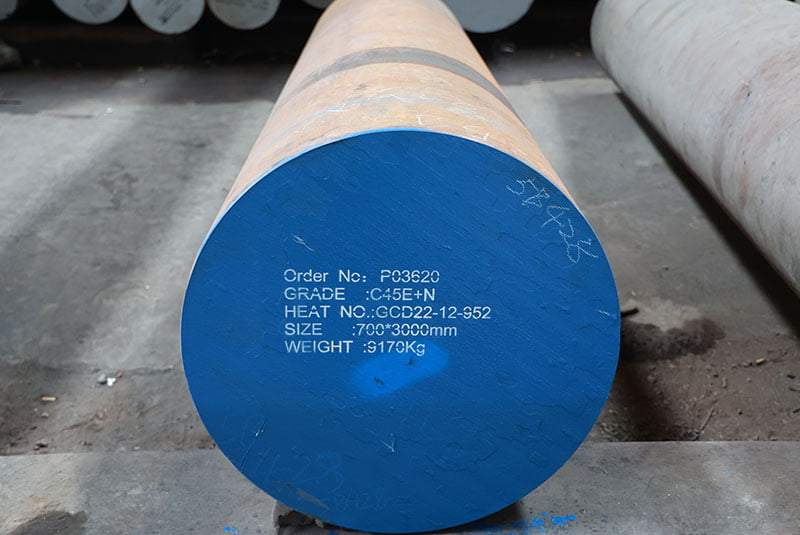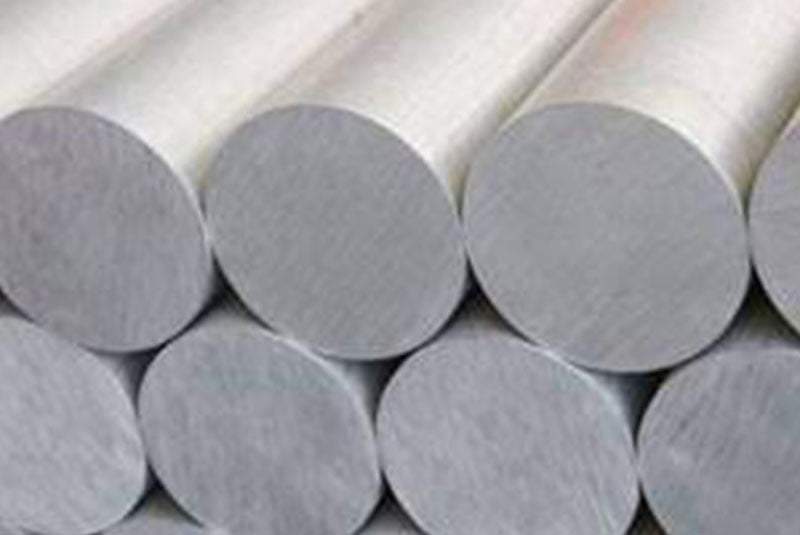Introduction

In the realm of metallurgy, 1045 carbon steel stands out for its robustness and versatility, particularly in applications requiring a balance of strength, toughness, and machinability. Central to its utility is the concept of hardness, a critical property influenced by its composition and heat treatment. This blog delves into the intricate world of 1045 carbon steel hardness, examining its significance, factors affecting it, applications, and more.
What is 1045 Carbon Steel?
1045 carbon steel is a medium carbon steel known for its excellent mechanical properties, primarily its strength and hardness. Composed of approximately 0.45% carbon alongside other trace elements, it strikes a balance between weldability, machinability, and wear resistance.
Composition and Properties
- Carbon Content: Around 0.45% carbon.
- Alloying Elements: Typically includes manganese and traces of other elements.
- Properties: High tensile strength, good machinability, and moderate weldability.
Understanding Hardness in 1045 Carbon Steel
Hardness is a pivotal characteristic of 1045 carbon steel, dictating its suitability for diverse industrial applications. Several factors intricately influence its hardness, including alloy composition, microstructure, and heat treatment processes.
Factors Influencing Hardness
- Carbon Content: Higher carbon content generally correlates with increased hardness.
- Heat Treatment: Crucial processes like quenching and tempering significantly alter steel hardness.
- Microstructure: The arrangement of carbon atoms impacts final hardness levels.
Heat Treatment Processes
Heat treatment plays a pivotal role in shaping 1045 carbon steel’s hardness and mechanical properties:
- Quenching: Rapid cooling post-heating enhances hardness.
- Tempering: Subsequent reheating adjusts toughness and hardness levels.
- Annealing: Slow cooling mitigates internal stresses for improved machinability.
Applications of 1045 Carbon Steel
Owing to its robustness and versatility, 1045 carbon steel finds extensive application across diverse industries:
Industrial Machinery
- Components: Gears, shafts, axles, and machinery parts requiring high strength and wear resistance.
- Tools: Dies, punches, and industrial knives for cutting and shaping operations.
Automotive Sector
- Parts: Camshafts, crankshafts, and steering components benefiting from 1045’s durability and machinability.
Construction
- Structural Uses: Bolts, studs, and structural components necessitating high strength and reliability.
Table: Comparative Hardness of 1045 Carbon Steel
| Heat Treatment | Hardness (HRC) | Strength | Applications |
|---|---|---|---|
| As Rolled | 20-25 HRC | Moderate | Annealed state, easy machining |
| Quenched and Tempered | 50-60 HRC | High | High strength applications, wear resistance |
| Annealed | Below 200 HB | Low | Improved machinability, reduced hardness |
Selecting 1045 Carbon Steel for Applications
Choosing appropriate hardness levels through precise heat treatment is critical for optimizing 1045 carbon steel’s performance:
Considerations
- Mechanical Requirements: Determine required hardness, strength, and toughness based on application needs.
- Environmental Factors: Consider corrosion resistance and operational conditions.
- Manufacturability: Evaluate machining and heat treatment feasibility.
Maintenance and Care

Maintaining 1045 carbon steel ensures prolonged performance and durability:
Best Practices
- Inspections: Regular checks for wear, corrosion, and dimensional accuracy.
- Lubrication: Use suitable lubricants to minimize friction and wear.
- Protection: Apply coatings or treatments for enhanced corrosion resistance.
Conclusion
1045 carbon steel’s hardness is pivotal to its performance across various industrial sectors. Understanding its composition, heat treatment options, and applications empowers engineers and manufacturers to leverage its robustness effectively. By balancing hardness with other mechanical properties, 1045 carbon steel continues to uphold its reputation as a versatile and durable material.
FAQ
Q:What is the carbon content of 1045 carbon steel?
A:1045 carbon steel typically contains around 0.45% carbon, contributing to its hardness and strength.
Q:How is hardness measured in 1045 carbon steel?
A:Hardness is often assessed using the Rockwell hardness scale (HRC) or Brinell hardness scale (HB), depending on the application.
Q:What are common applications of 1045 carbon steel?
A:1045 carbon steel is used for gears, shafts, automotive parts, and structural components due to its strength and machinability.
Q:What role does heat treatment play in 1045 carbon steel hardness?
A:Heat treatment processes like quenching and tempering are critical for achieving desired hardness levels and mechanical properties.
Q:How should 1045 carbon steel components be maintained?
A:Regular inspections, proper lubrication, and protective measures are essential for maintaining 1045 carbon steel’s performance and longevity.
